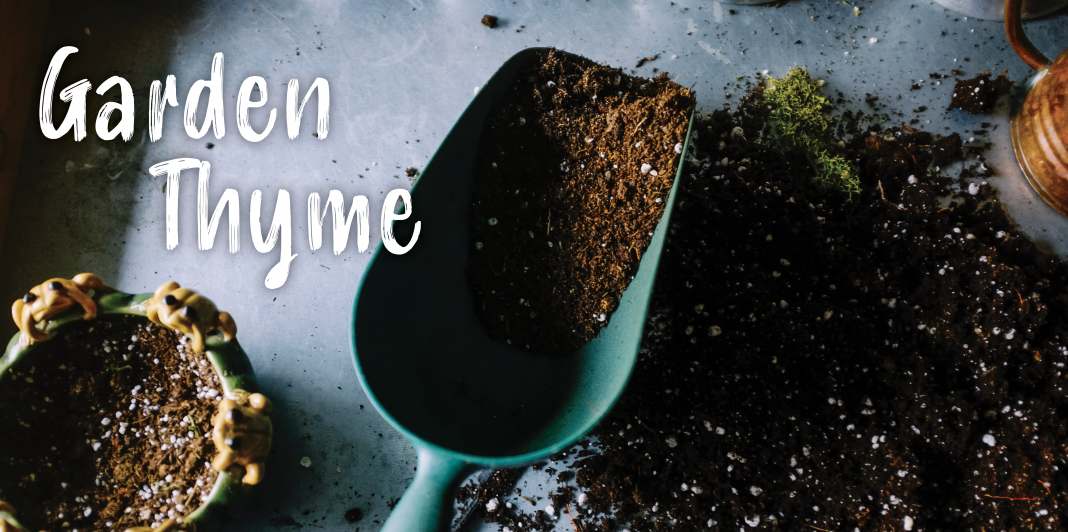August usually brings us some very miserable weather. It can be extremely hot and dry or just plain hot and sultry. Either way it will be hot. At the time of writing this article, there is no way to know if we will get a tropical rain event or a hurricane by the time of publication. When it comes to plants, that can be a blessing or a curse in August depending on the amount of rain we get.
With or without the extra rain most of your plants including your lawn, will be under a lot of stress. When temperatures get above 95 degrees most plants will go into what we call the conservation mode or another way to put it is they become comatose. Plant activities slow down or stop at very high temperatures to conserve water.
During this conservation mode, you will notice a few things. Plants may droop and their leaves will lose the shine and vigor they once had earlier in the season leaving you with the impression they are dry. You won’t see much if any new leaves forming or the growth rate will slow considerably. At the Growers Outlet, we find it extremely hard to water many plants properly once they get to this point. With a plant under stress, just like people, they become more susceptible to attacks from natural enemies and diseases. Too much water will only increase the stress factor and root rot becomes a common problem. The roots, already weakened, can be attacked easily. Too little water however can cause the roots to overheat and burn. Our experience and skill at the Growers Outlet helps us relieve these problems and keep our plants as healthy as we can during the Dog Days of summer.
Plant stress can be alleviated by using the proper soil amendments and watering practices earlier in the season. Proper nutrition will create a very dense and healthy root system that will enable the plant to utilize nutrients and water with the most efficiency. Watering when needed with less frequency and longer durations will make the roots go deeper. Deeper roots will dry out slower, thus requiring less frequent watering. Keep in mind that these practices cannot be started during this time of year because if your plants have a weak shallow root system, plant death can occur rapidly if water is withheld for too long. Monitor soil moisture either using a moisture meter or by feeling the soil, and water as needed. Keep in mind that your sprinkler system does not have a brain and knows nothing about your plants. It will only do what it is programmed to do.
On the bright side, it won’t be long and the evening temperatures will cool back down, the humidity will drop and we will once again start to think about beautifying our outside living environment. Once the mums start blooming, the Dog Days will be behind us and pansies and snapdragons will be next on our list of things to plant.
If you are a diehard gardener and you must work outside right now, remember, HEAT STROKE KILLS! Make sure when working outside in the heat that you recognize the early symptoms of heat exhaustion.
The most common signs and symptoms of heat exhaustion include:
- Confusion
- Dark-colored urine (a sign of dehydration)
- Dizziness
- Fainting
- Fatigue
- Headache
- Muscle cramps
- Nausea
- Pale skin
- Profuse sweating
- Rapid heartbeat
If you, or anyone else, have symptoms of heat exhaustion, it’s essential to immediately get out of the heat and rest, preferably in an air-conditioned room. If you cannot get inside, try to find the nearest cool and shady place. If you are by yourself, call someone to come and monitor your condition. If you have gotten too hot, heat exhaustion can rapidly progress to heat stroke and unconsciousness can occur.
Other recommended strategies include:
- Drink plenty of fluid (avoid caffeine and alcohol).
- Remove any tight or unnecessary clothing.
- Take a cool shower, bath, or sponge bath.
- Apply other cooling measures such as fans or ice towels.
If such measures fail to provide relief within 30 minutes, contact a doctor because untreated heat exhaustion can progress to heat stroke.
Things To Do In August
*Prune crape myrtle seed pods to encourage one last bloom cycle.
*Make sure that your trees are receiving at least one good soaking per week.
*Keep an eye on shallow rooted plants such as azaleas, from drying out. Don’t assume your irrigation system is watering them properly.
*In late August it is OK to dead head or lightly prune flowering perennials and roses to encourage fall blooming.
*It is getting too late to add nitrogen to your lawn but products with liquid iron on yellowed out grass will make a big difference in appearance. Also, products like Microlife Humates Plus is a great product for greening up your lawn without risk of burning and without using nitrogen.
*If you have had problems with brown patch in the fall, fungicides for brown patch will work much better when applied as a preventative once evening temperatures start reaching into the 60’s.
*Be sure to water in the early mornings to help prevent any potential fungal disease.
*If you have areas of grass dying, check for chinch bugs and sod webworms. It is still possible to get infestations in August.
For great gardening products and information, come by the Growers Outlet and visit with any member of our team to get the help you need or go to our website at www.growersoutletinwillis.com. We have the products and knowledge to help you maintain the prettiest landscape on the block.















